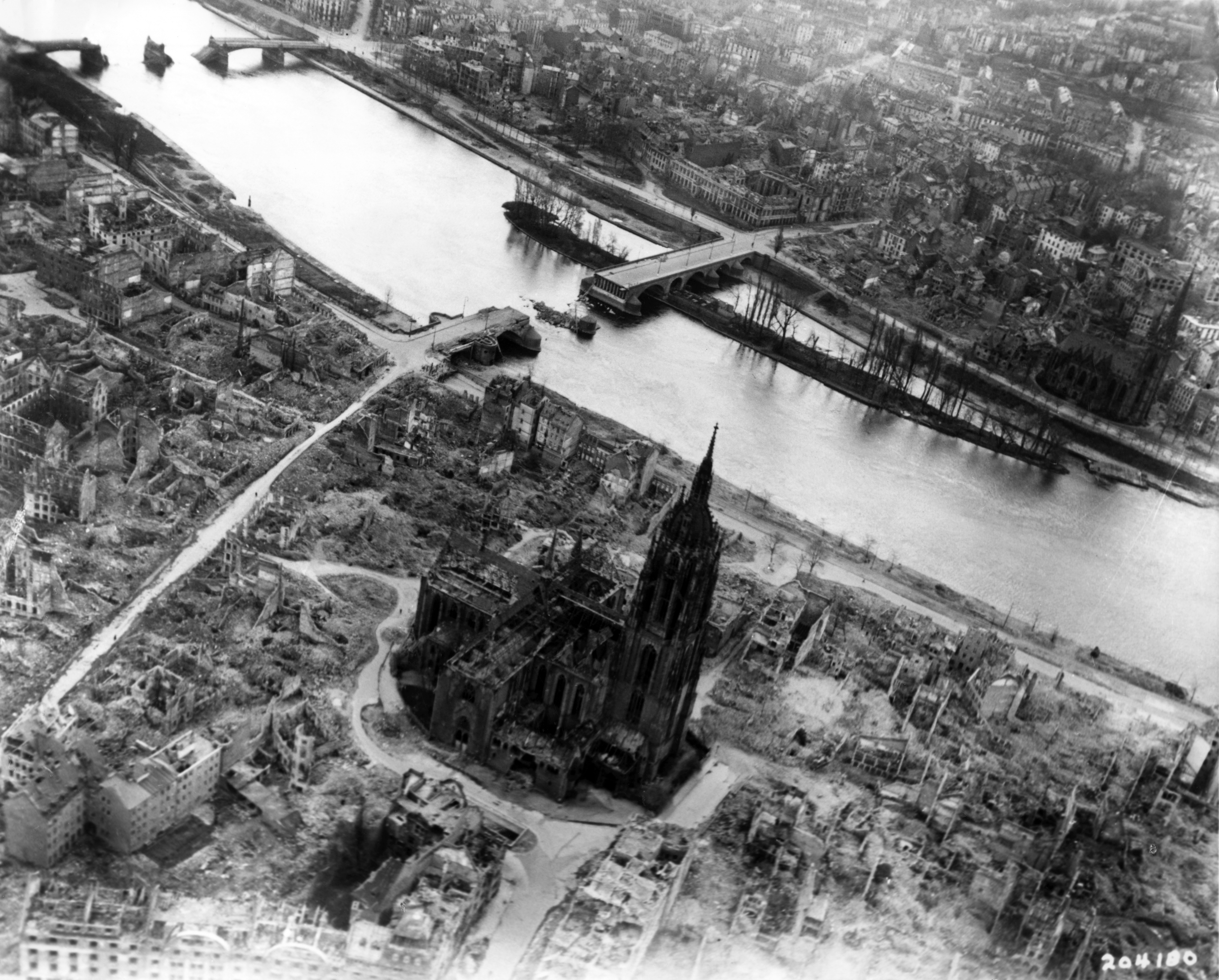Celluloid dolls have existed since 1896 and are dolls made with
celluloid which is a group of plastic compounds. In 1918 the board of the
Babenhausen Vorschuss- und Kreditverein decided to sell an estate to Heinrich
Schöberl, which had previously been used as a comb factory. From 24 March 1924
it was officially the Celluloid goods factory Babenhausen and the production of
dolls and floating animals began. The company grew fast, 1929 it had more than
100 employee. Someone form almost every family worked there and went
to the so called “Bobbe”.
During the Second
World War, parts of the factory were destroyed by bombs, but they got
reconstructed after the war ended. After the currency reform 1948 the company
made more and more profit. In March 1952 the company had invented two new types
of plastic and sought the name protection for them. Almost the whole production
changed after that. In 1964 Hermann Schöberl, the son of the founder, retired
as a partner and the Cellba story ended in 1966 and an some American company
bought it.
 |
Heinrich Schöberl, the founder of the factory, always
had a preference for dolls, so he stated to build his own dolls. He took his
daughter’s face as a model for the doll faces. The trademark of this dolls was
a mermaid. This was placed in the neck of the dolls.
The
Cellba dolls of Babenhausen, are old dolls which were first sold in 1938
unclothed and then from 1950 the dolls were sold with cloths, because clothed
dolls came into the trend. From 1938 - 1950 the dolls were made out of
celluloid and after made out of vinyl. The dolls which were made of celluloid
were prepared in several steps. At first they created a draft as a clay model
of which a plaster model was then created and painted. Then they poured a metal
shape that was used as a blowing room for the doll parts. Then the celluloid
was pressed into the right form with hot steam. After the blowing process, the
parts were then slowly cooled in cold water. After the doll parts got polished,
they were built together and got hand-painted in most cases. Celluloid is a
group of plastic which is made out of cellulose nitrate and campher. It is
horny at normal temperatures and malleable at 90-100 degrees. The first
celluloid was made in 1856 by an English man named Alexander Parkes.














